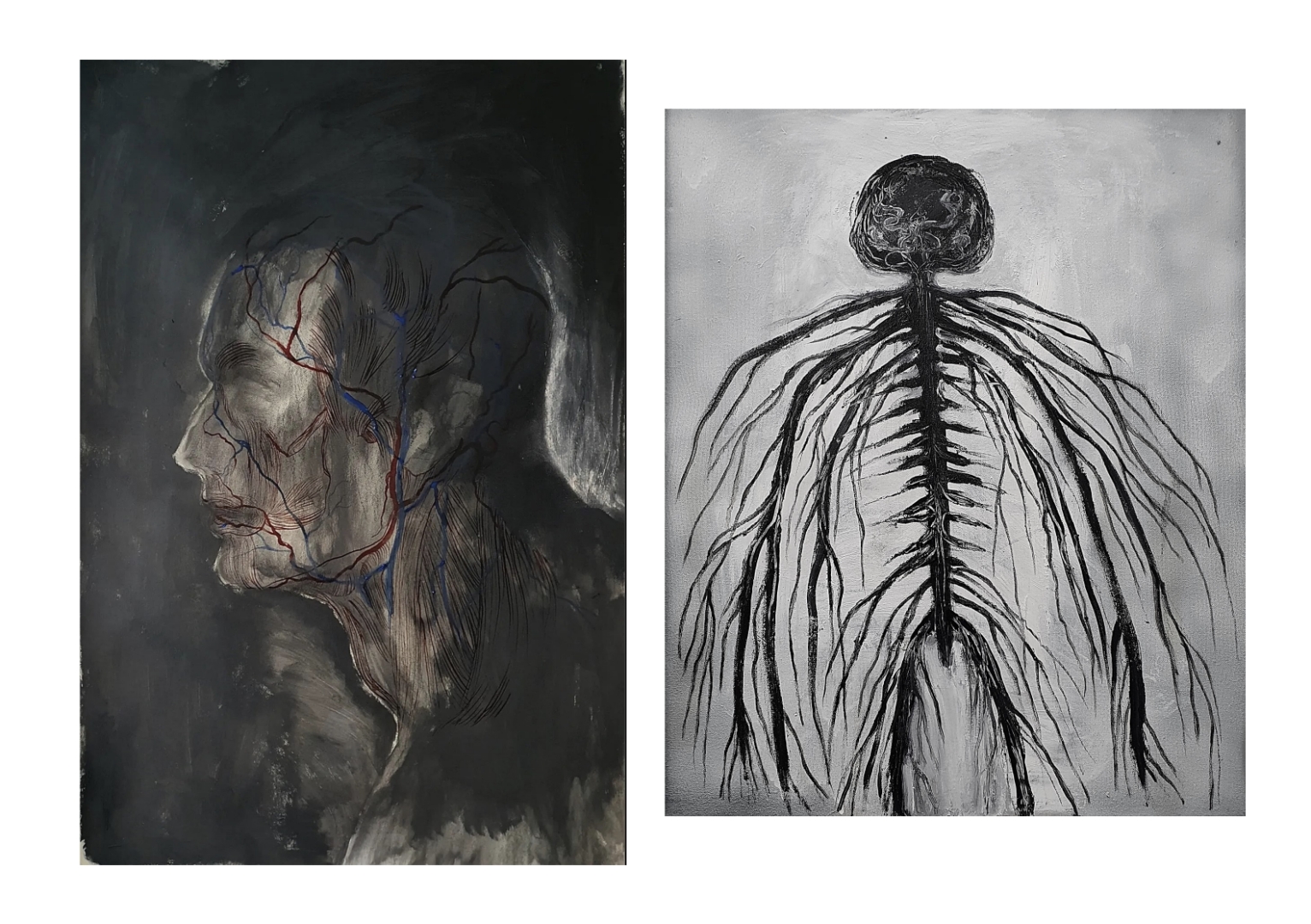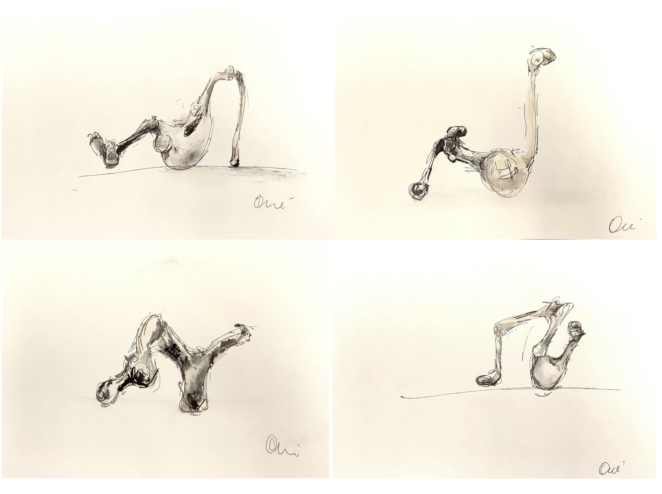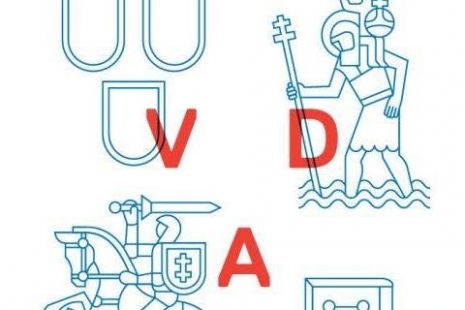Izabela Carlucci St Anthony’s Fire
Author about the exhibition:
With this exhibition I want to draw attention to the human body through physical pain and suffering, as well as physical suffering as a punishment (in religious sense). My work explores so-called Body Horror, i.e., bio-horror, which is a genre of horror that evokes feelings of abjection by its imagery. Body horror was originally applied to the emerging North American horror film genre, but it has its roots in early gothic literature (e.g. Mary Shelley’s novel Frankenstein) and has been extended to other media. The title of the exhibition, “St Anthony’s Fire” is derived from the medieval name of a disease known today as ergotism. The poisonous fungus ergot, which grows in rye, used to get into the bread eaten by the poor, causing ergotism – ergot poisoning. Symptoms include a burning sensation, painful convulsions and spasms, itching and, eventually, gangrene leading to limb loss. Mental effects (ergot contains the same carcinogens as LSD) include hallucinations, delusions or psychosis. The most detailed visualization of the subject can be found in Hieronymus Bosch’s ‘ Triptych of the Temptation of St. Anthony, which I use as a source of inspiration.
Onė Austėja Maldonytė „Virtuoti“
Author about the exhibition:
I would define my work as a state of “in-between”, an in-between connection between the inner world – consciousness, the realities of being and reality itself. During the ceramic process I balance between coherence and fragmentation. I am dancing in the liminal space between control and freedom, between what I know and what I cannot know in advance. The created entities do not have a defined function, nor do they have a stable base. The blessed ones balance in the space by holding their bodies on fragile points of contact, the rest rely on ropes, wooden and metal constructions. After the firings, the ceramic objects are identified as finished and perceived as static. By creating installations out of ceramic sculptures, I intentionally transform the being of the objects, thus changing them depending on the context and space. By reconstructing the objects, I will extend their capacity to change. Drawings composed of geometric shapes, lines and points dominate the surface of the sculptures. They are like charts or maps, meant for travelling, but not for finding the intended location or destination. My work is a channel between spaces, memory, time, fact and fiction. I would like to “accommodate” up to five sculptures in the Academy Gallery.

- Onė Austėja Maldonytė „Virtuoti“






